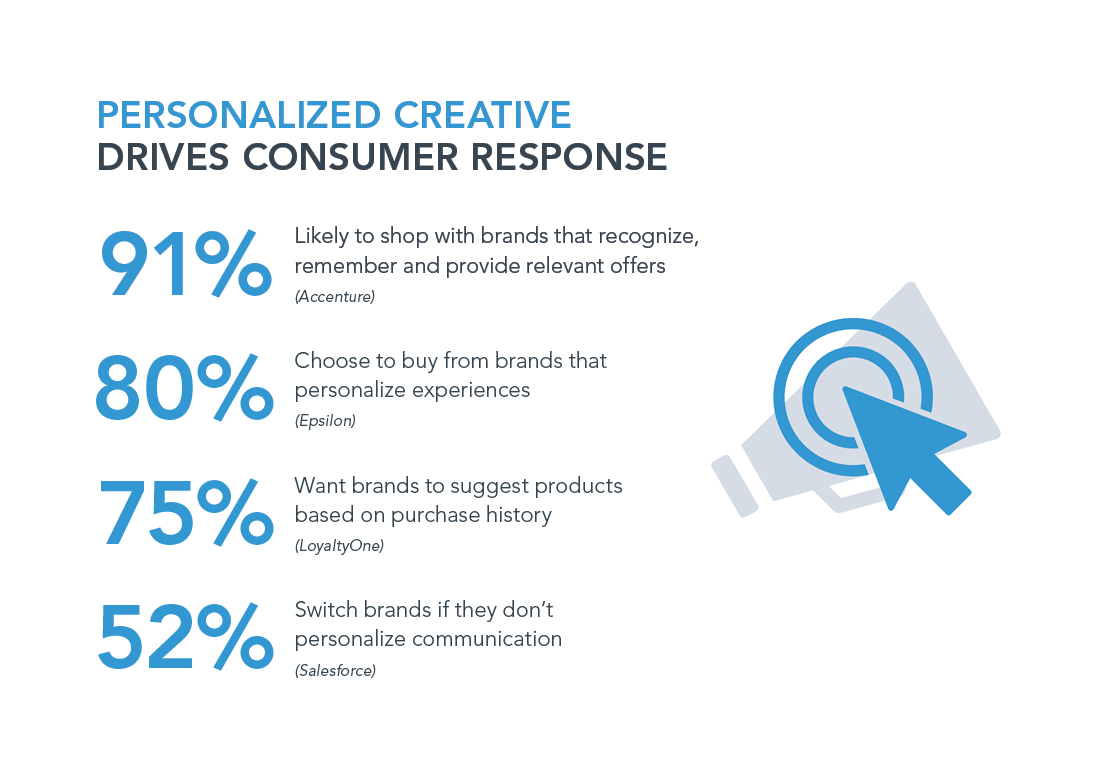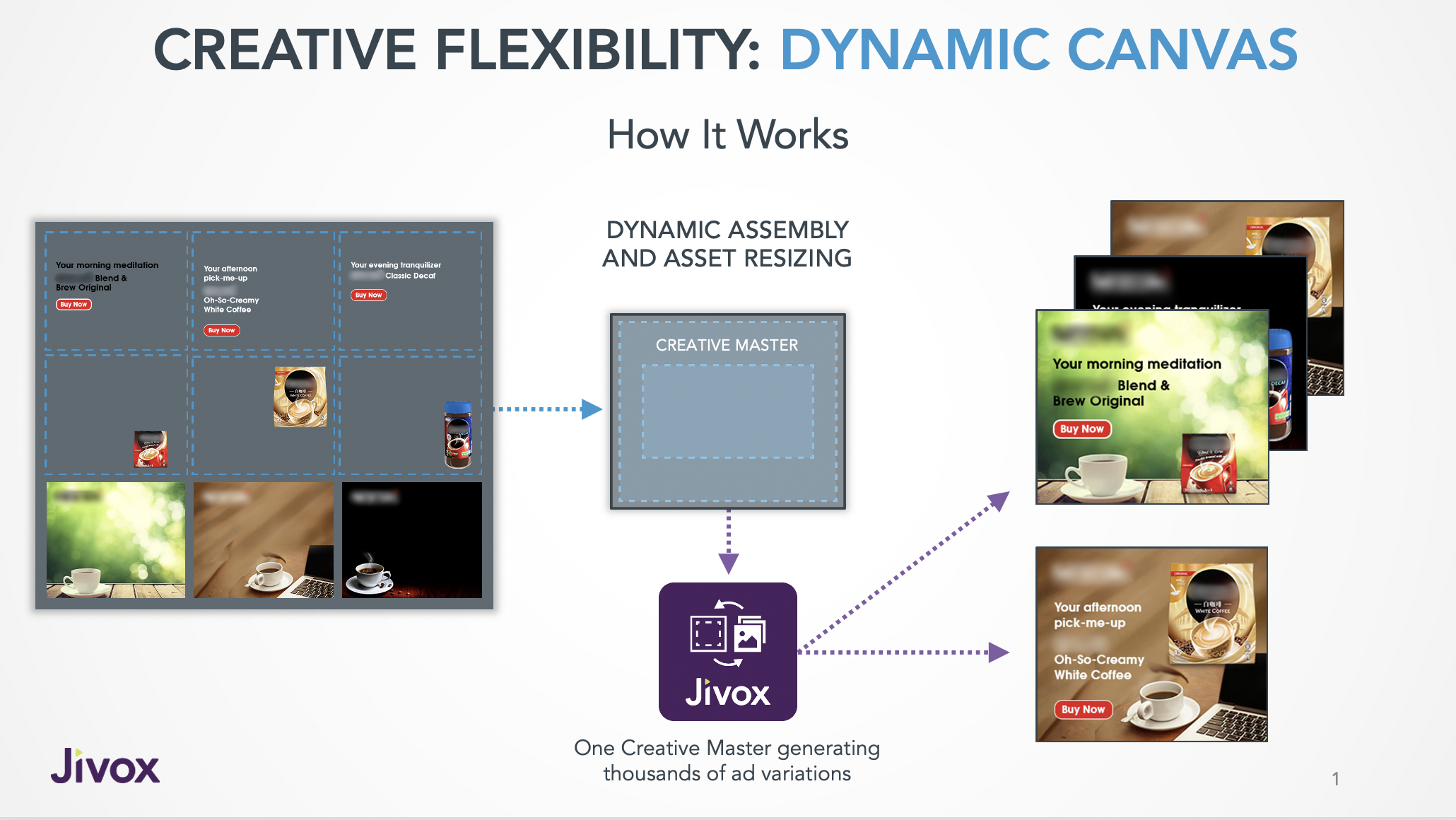During the Madmen era, any money spent on anything other than media was called “non-working media spend” which comprised creative, production, and content development fees — i.e. anything outside of money spent for media. This amount has varied over the years, but during the TV era, it used to be around 12-20% of media spend.
This amount has continued to grow significantly as brands transitioned from TV and print to digital medium, threatening to overwhelm marketing budgets. This is because, unlike TV and print that have limited formats including the still popular 30-second TV spot, digital media has so many outlets to engage consumers and, with mobile devices and apps, an almost limitless number of ways to engage consumers. This, unfortunately, has meant the creation of significantly more content and creative tailored to all of these channels and formats. Omni-channel marketing has proven to be very effective at engaging consumers in every aspect of the journey to purchase. However, the sheer number of platforms, formats and creative form factors in which messaging has to be done has added significant costs to marketing budgets.
Added to this is the significant opportunity and indeed the imperative from brands to personalize their engagement with consumers. Being relevant is not only effective at engaging them but also something consumers are demanding. According to an Accenture survey, 91% of consumers are more likely to shop with brands that recognize, remember and provide relevant offers. Personalization requires the creation of even more variations of content tailored to the various kinds of buyers, even down to individuals, which is the whole idea of Personalization at Scale.
A global allergy medication brand has to think about how to produce content in at least the thirty-four major world languages (each with over 45 million speakers). In addition, ethnic differences in skin tone, hair and so on have become quite important in depicting models in the creative and content. Product packaging variety has also exploded. Many allergy medications are available in multiple sized packages each tailored to specific audiences (e.g., grape flavor or liquid forms for kids). All of this adds significantly to creative production costs.
Dynamic Creative Technology (DCO) is designed to deliver personalization at scale by automating the so-called “versioning” of creative and content. What that means in simple terms is that instead of building each piece of content individually and manually, a master template of sorts can be used to generate all of the variations, using software to stitch together the language, copy, model images, and even videos that compose a specific creative experience.
DCO technology is able to generate thousands of and even hundreds of thousands of such content variations all via software in the cloud within minutes. The cost savings to brands of automating versioning is enormous.
Let’s take that same allergy brand we discussed earlier. Let’s assume for the sake of this discussion that the brand needs to deliver content in 34 languages, 15 product packagings, and 10 ethnic model personas (while many people think various ethnic groups “look the same”, the recipients of such content would beg to differ). Further, the brand desires to have different messages for working moms, stay-at-home moms, business travelers, and students. That is 20,400 visual versions of the creative. Now let’s assume the brand wants to reach consumers across display banner ads, social media, mobile ads, native formats, email, and personalized website experiences, that’s a staggering 122,400 unique pieces of content for just one brand! In reality, it is much more than that as each channel also, in turn, has many creative formats. At an average cost of $125 to produce each variation that amounts to $15.3 million dollars in production costs.
Some brands like apparel makers have several thousand products. One sporting apparel maker has 12,000 product variations so, in the above case, that would have resulted in 97,920,000 variations! While the former brand could at least, in theory, use human labor to produce the content variations, this brand clearly cannot, as the costs and time to deliver the ever-changing product and pricing variations become impossible to afford.
Many brands are trying to manage these costs by either limiting the number of variations or channels (which could mean sacrificing relevance of their messaging) or are struggling with creative production costs and trying to find lower-cost labor in emerging markets to produce this content. But even with these strategies, escalating costs are overrunning marketing budgets.
Deploying DCO and personalization platforms requires brands to adopt new processes and ways of working for producing content. It also requires production agencies to embrace DCO even as it threatens their business model of charging individually for manual development of each piece of creative content. A recent white paper published by Jivox showcases how brands have been able to successfully adopt and deliver creative production cost savings while achieving personalization at scale.
In the last few years, the adoption of DCO technologies is enabling smart brands to save millions of dollars in creative and content production. Progressive production agencies are finally starting to use DCO technology to help these brands automate production and ultimately save money. These savings, especially with a global recession underway, are crucial. Increasing consumer engagement by delivering relevant content may be the best way for brands to gain market share and mindshare with consumers and continue to thrive in a tough economic environment.


